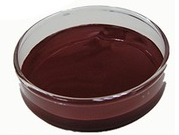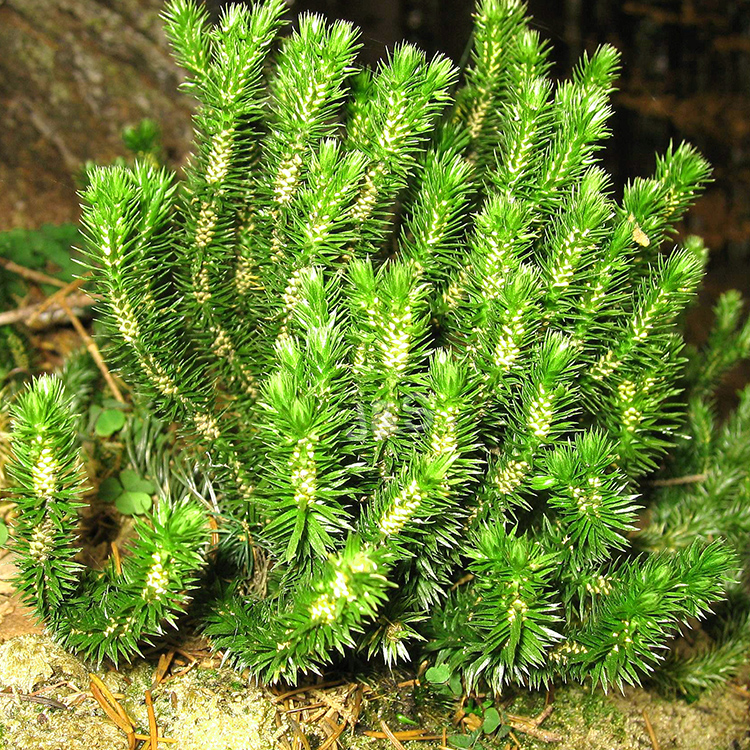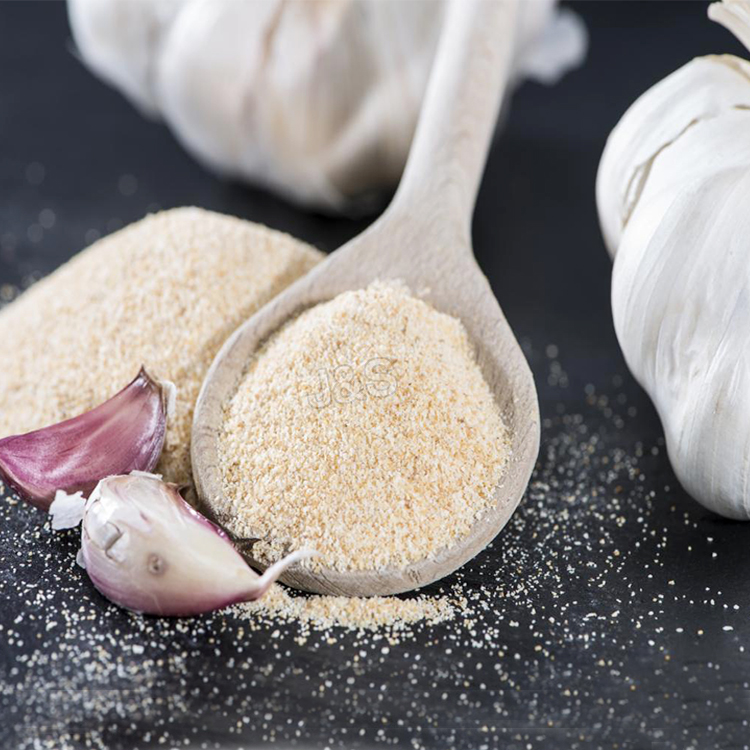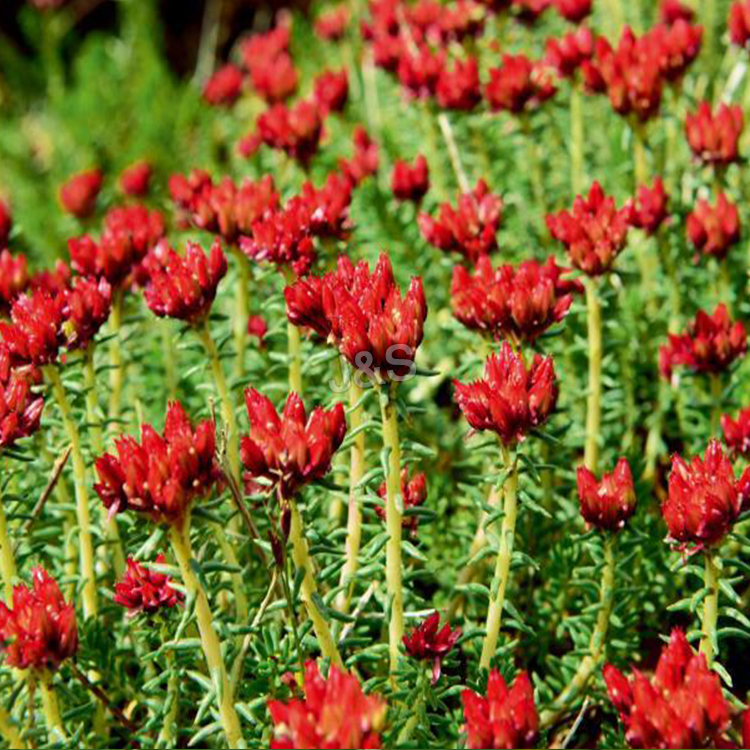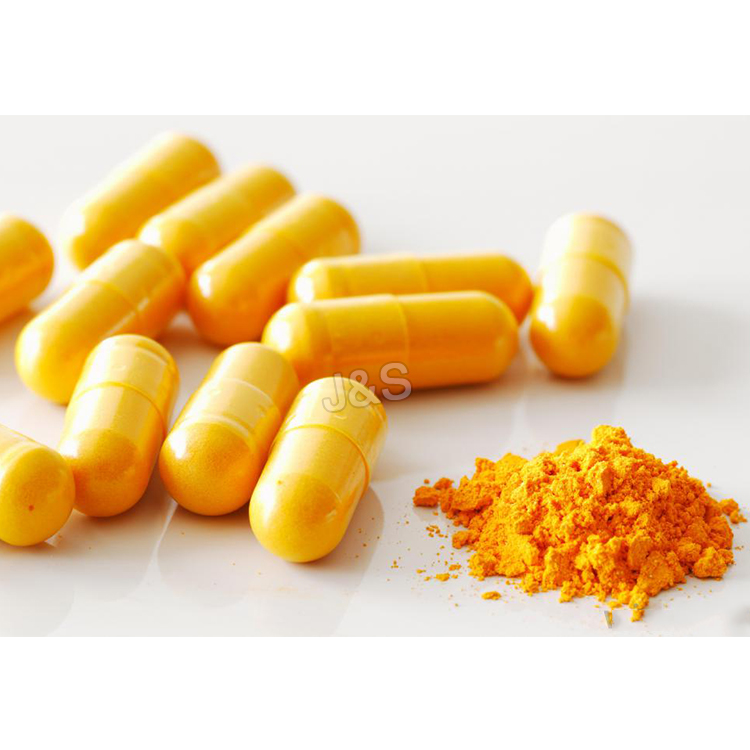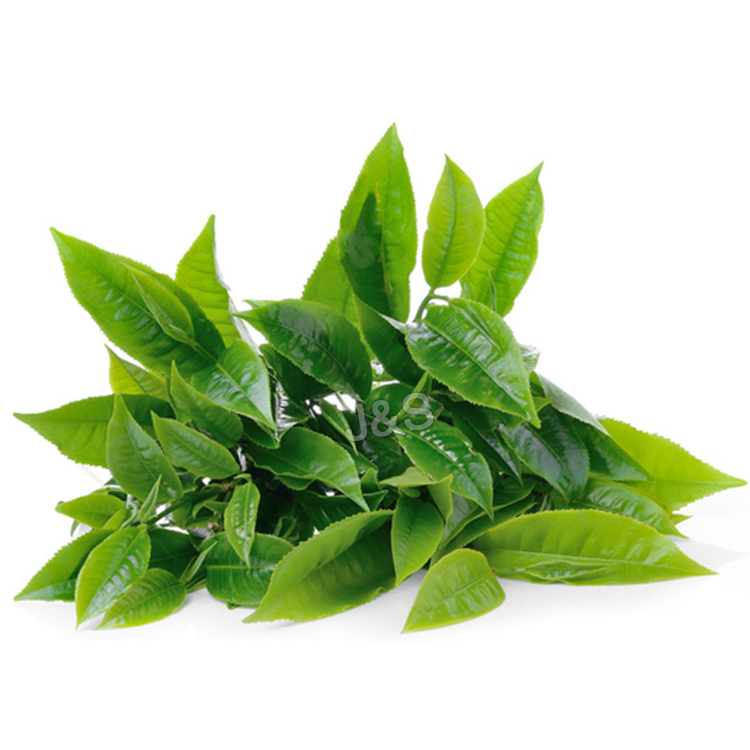Fixed Competitive Price Astaxanthin Factory for Swiss
Fixed Competitive Price Astaxanthin Factory for Swiss Detail:
[Latin Name] Haematococcus Pluvialis
[Plant Source] from China
[Specifications]1% 2% 3% 5%
[Appearance] Dark red Powder
[Particle size] 80 Mesh
[Loss on drying] ≤5.0%
[Heavy Metal] ≤10PPM
[Storage] Store in cool & dry area, keep away from the direct light and heat.
[Shelf life] 24 Months
[Package] Packed in paper-drums and two plastic-bags inside.
[Net weight] 25kgs/drum
Brief Introduction
Astaxanthin is a natural nutritional component, it can be found as a food supplement. The supplement is intended for human, animal, and aquaculture consumption.
Astaxanthin is a carotenoid. It belongs to a larger class of phytochemicals known as terpenes, which are built from five carbon precursors; isopentenyl diphosphate and dimethylallyl diphosphate . Astaxanthin is classified as a xanthophyll (originally derived from a word meaning “yellow leaves” since yellow plant leaf pigments were the first recognized of the xanthophyll family of carotenoids), but currently employed to describe carotenoid compounds that have oxygen-containing moities, hydroxyl or ketone , such as zeaxanthin and canthaxanthin. Indeed, astaxanthin is a metabolite of zeaxanthin and/or canthaxanthin, containing both hydroxyl and ketone functional groups. Like many carotenoids, astaxanthin is a colorful, lipid-soluble pigment. This colour is due to the extended chain of conjugated (alternating double and single) double bonds at the centre of the compound. This chain of conjugated double bonds is also responsible for the antioxidant function of astaxanthin (as well as other carotenoids) as it results in a region of decentralized electrons that can be donated to reduce a reactive oxidizing molecule.
Function:
1.Astaxanthin is a powerful antioxidant and may protect against oxidative damage to body tissues.
2.Astaxanthin can improve the immune response by increasing the number of antibody producing cells.
3.Astaxanthin is a potential candidate to treat neurodegenerative disease such as Alzhimer and Parkinson diease.
4.Astaxanthin dan reduce UVA-light damage to skin such as sunburn, inflammation, ageing and skin cancer.
Application
1.When applied in pharmaceutical field, astaxanthin powder has the good function of antineoplastic;
2.When applied in health food field, astaxanthin powder is used as food additives for pigment and health care;
3.When applied in cosmetic field, astaxanthin powder has the good function of antioxidant and anti-aging;
4.When applied in animal feeds field, astaxanthin powder is used as animal feed additive to impart coloration, including farm-raised salmon and egg yolks.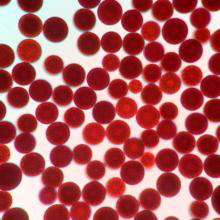
Product detail pictures:
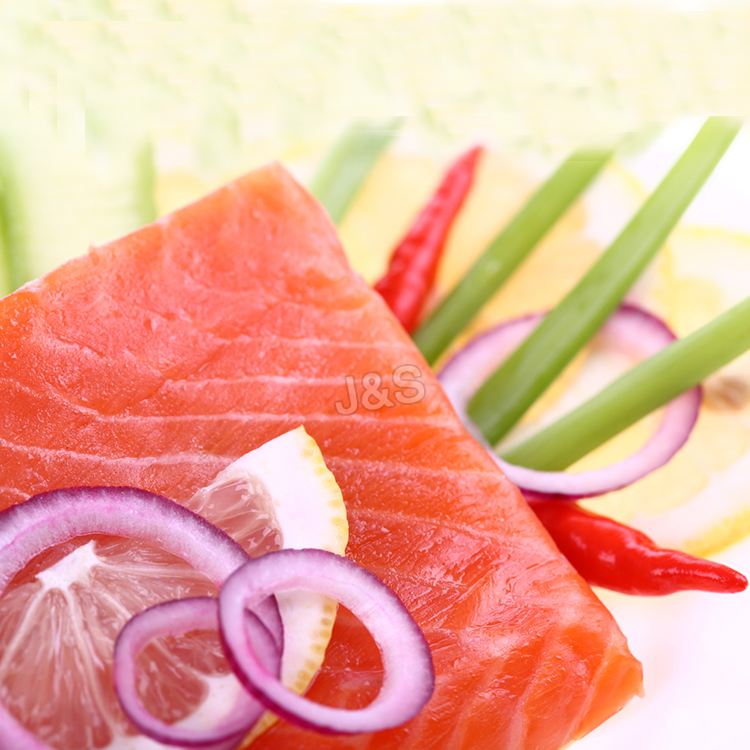
Related Product Guide:
"Quality very first, Honesty as base, Sincere assistance and mutual profit" is our idea, in an effort to create consistently and pursue the excellence for Fixed Competitive Price Astaxanthin Factory for Swiss , The product will supply to all over the world, such as: Bandung, Mexico, Philadelphia, Insisting over the high-quality generation line management and prospects guide provider, we have made our resolution to offer our shoppers using the initially stage purchasing and soon after provider working experience. Preserving the prevailing helpful relations with our prospects, we even now innovate our product lists the many time to meet up with the brand new wants and stick to the latest trend of this business in Ahmedabad. We're ready to facial area the difficulties and make the transform to grasp many of the possibilities in international trade.
Buy Now Goto https://tiny.cc/srviw for great fantasic deals
Food Village Eid special | Biye barir dal kolija curry | Grandmother recipes-82
Blogger:https://villagefoodrecipes.blogspot.com
This recipe is very common dish in our any marriage program. Today grandmother will cook this special recipe. It is also very perfect recipe for upcoming Eid festival.
Dal kolija curry
Ingredients:
# Gram lentil
# Water
# Cooking oil
# Bay leaf
# Cinnamon
# Onion
# Garlic
# Salt
# Ginger
# Cumin
# Turmeric powder
# Chili powder
# Coriander powder
# Beef liver & fat
# Green chili
# Hot spice
Facebook:https://www.facebook.com/Food-Village-627759544094221/
Twitter: https://twitter.com/FoodVillage3
Google+: https://plus.google.com/u/0/b/100843624869856085723/100843624869856085723?pageId=100843624869856085723
It can be said that this is a best producer we encountered in China in this industry, we feel lucky to work with so excellent manufacturer.

